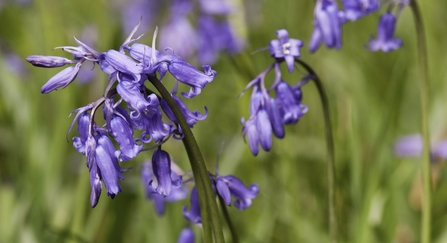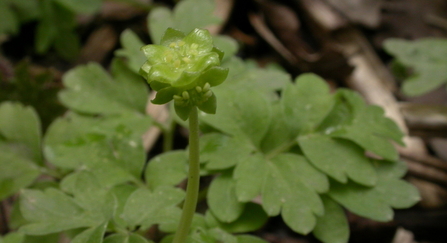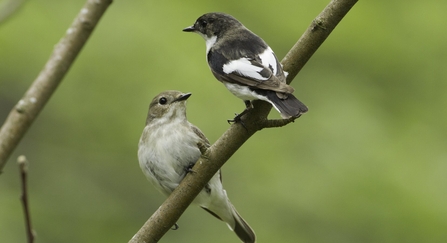Oak woodland hosts not only magnificent trees but also rich understorey vegetation, stocked with tiny gems. The canopy is translucent at this time of year in fresh pale green and tawny-tinted newly opening leaves, allowing light through. Delicate woodland wildflowers take advantage of the season to grow and bloom before the thickening leaves throw them into shadow.
The mist of bluebell flowers is particularly spectacular, maybe glimpsed in passing but better appreciated when happened upon walking through the wood. These flowers are not only stunning, but the evocative scent and the soundscape of insects and birdsong all join together to create a perfect spring woodland dream.





